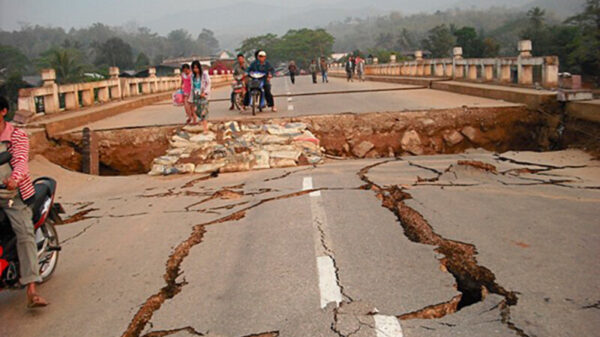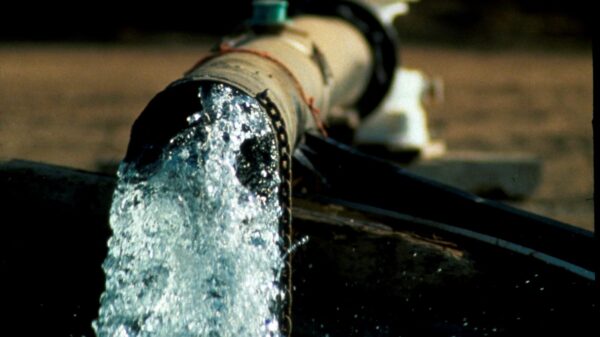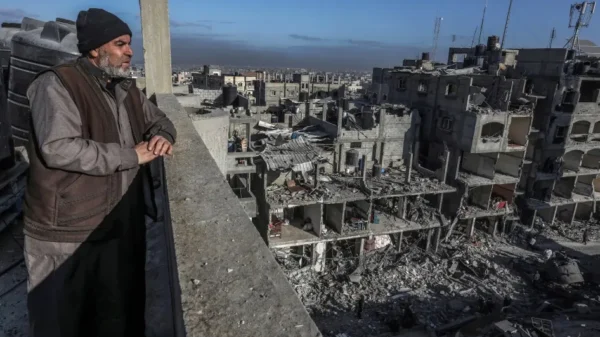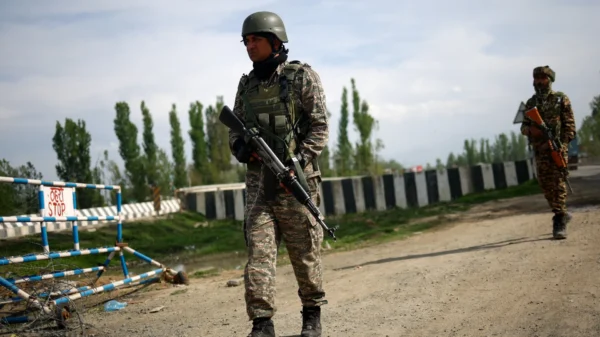Southern California Wildfires Lead to Mass Evacuations
Southern California is grappling with devastating wildfires that erupted on January 7, claiming at least five lives and forcing the evacuation of approximately 137,000 residents. The fires, fueled by dry conditions and strong winds, have destroyed over 2,000 structures and left a trail of destruction across the region.
The Scope of the Wildfires
The wildfires, which began in multiple locations, have rapidly spread due to strong Santa Ana winds and parched vegetation. Firefighters are battling flames across several counties, with Los Angeles, Ventura, and San Bernardino among the hardest-hit areas. The scale of the disaster has overwhelmed local resources.
Lives Lost Amid the Flames
Tragically, at least five people have lost their lives due to the fires, including a firefighter who succumbed to injuries sustained while combating the blazes. Authorities fear the death toll could rise as search and rescue operations continue in affected areas.
Mass Evacuations Disrupt Communities
Mandatory evacuation orders have displaced approximately 137,000 residents, with families forced to leave their homes at a moment’s notice. Evacuees are seeking shelter in temporary facilities, schools, and community centers, as officials work to provide them with essential supplies and support.
Destruction of Over 2,000 Structures
The wildfires have destroyed more than 2,000 structures, including homes, businesses, and public buildings. Entire neighborhoods have been reduced to ashes, leaving thousands of residents without shelter and livelihoods. Efforts to assess the full extent of the damage are ongoing.
Challenging Conditions Hamper Firefighting Efforts
Firefighters are facing significant challenges in containing the blazes due to strong winds, dry conditions, and rugged terrain. The unpredictable nature of the fires has made it difficult to establish containment lines, with flames advancing rapidly in multiple directions.
Impact on Air Quality and Health
The wildfires have severely affected air quality across Southern California, with thick smoke blanketing urban and rural areas. Health officials have issued warnings about the dangers of prolonged exposure to smoke, urging residents to wear masks and limit outdoor activities.
Animal Rescue and Displacement
The fires have also displaced thousands of animals, including pets, livestock, and wildlife. Animal rescue organizations are working tirelessly to save and relocate affected animals, while shelters are being set up to accommodate displaced pets and livestock.
Economic Toll of the Disaster
The economic impact of the wildfires is expected to be substantial, with losses from property damage, business disruptions, and firefighting expenses running into billions of dollars. Local governments are seeking state and federal assistance to address the financial burden.
Community Resilience and Support
Amid the devastation, Southern California communities are showing resilience and solidarity. Volunteers are stepping forward to assist evacuees, donate supplies, and support first responders. Local businesses and organizations are also contributing resources to aid relief efforts.
State and Federal Response
California Governor Gavin Newsom has declared a state of emergency, mobilizing resources to combat the fires and assist affected communities. Federal agencies, including FEMA, are coordinating with state and local authorities to provide additional support and funding.
Climate Change and Fire Season Intensity
The wildfires have reignited discussions about the impact of climate change on fire season intensity. Experts note that rising temperatures, prolonged droughts, and shifting weather patterns are contributing to more frequent and severe wildfires in California and beyond.
Lessons in Fire Preparedness
The disaster underscores the importance of fire preparedness for residents in fire-prone areas. Officials are urging communities to create defensible spaces, develop evacuation plans, and stay informed about fire safety measures to mitigate future risks.
Challenges of Post-Fire Recovery
Once the fires are contained, affected communities will face the long and arduous process of recovery. Rebuilding homes, restoring infrastructure, and addressing emotional trauma will require significant time, effort, and resources from local and state authorities.
Conclusion: A Call for Action and Resilience
The Southern California wildfires have left a profound impact on the region, highlighting the need for immediate action to combat climate-related challenges and support affected communities. As firefighters work tirelessly to contain the flames, the focus remains on ensuring the safety of residents and planning for a resilient recovery. The disaster serves as a stark reminder of the increasing frequency and intensity of wildfires, demanding sustained efforts to address their root causes.




































